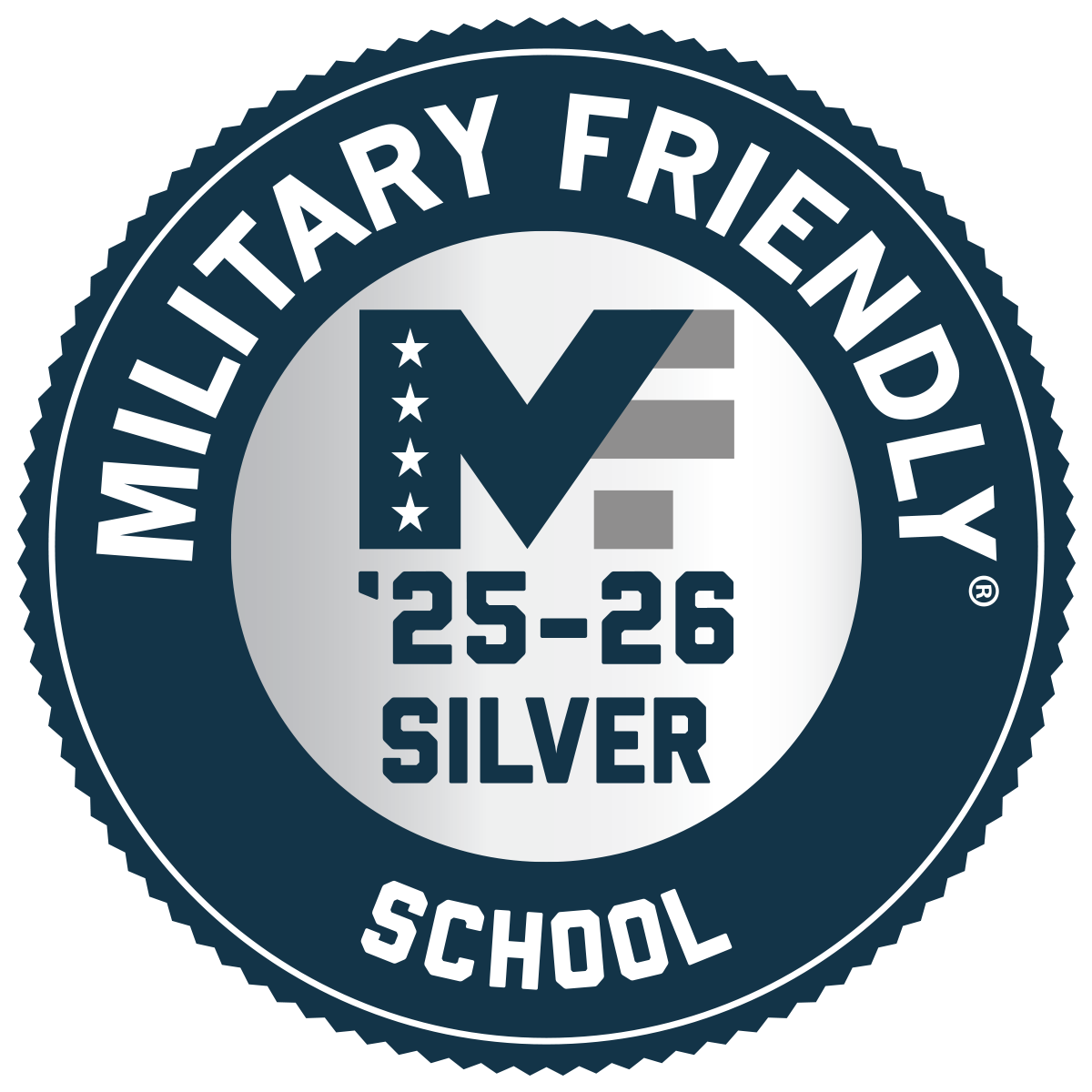During your CDL training, you will learn not only how to operate your truck safely under nominal conditions, but also how to control it under poor conditions. Skidding occurs when your wheels lose their grip on the road; this may happen for many reasons, including road conditions and poor handling of your truck. Learning how to control and recover from a skid is an essential skill for any truck driver—keep reading to review some helpful skid control and recovery tips to keep in mind while on the road.
If Your Back Wheels Skid
Back wheel skids occur most often when the truck accelerates or decelerates too quickly, either due to driver mistakes or slippery conditions. The biggest danger involved in a back wheel skid is a jackknife situation. You can stop a back wheel skid by taking your foot off the pedal. Don’t break—keep your wheels rolling, but reduce your forward speed until you regain control of the truck.
If Your Front Wheels Skid
The majority of front wheel skids occur when driving too fast for conditions; front wheel skids may also be caused by worn tires or uneven cargo loading. The best way to recover from a front wheel skid is to stop the truck as quickly as possible; however, avoid braking very hard, which could worsen the skid.
If Your Drive Wheels Skid
During a drive wheel skid, avoid braking to let the rear wheels regain traction. If you are on ice, push the clutch in. As your truck slows, turn quickly—your truck will start to turn sideways, at which point you should turn the wheel in the direction you want to go. Once your truck straightens, countersteer quickly to avoid skidding in the other direction.
Learning and reviewing how to handle your truck in any conditions will keep you safe on the road during your career as a truck driver. HDS Truck Driving Institute offers CDL training, refresher courses, and road testing in Tucson. You can contact us online or by calling (877) 205-2141.









